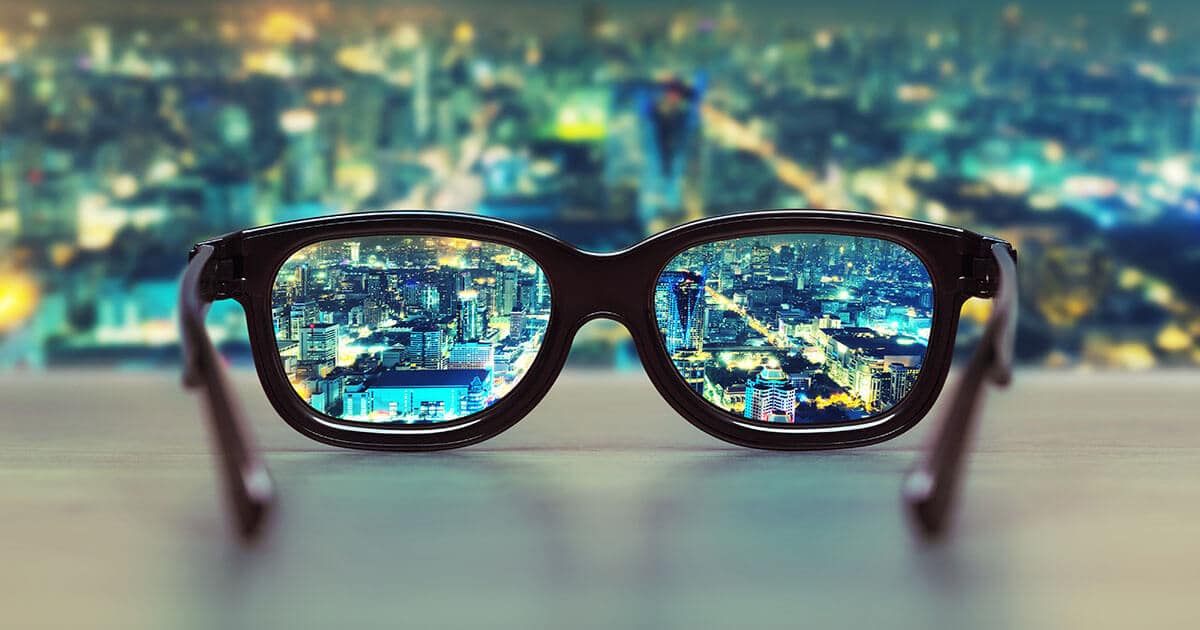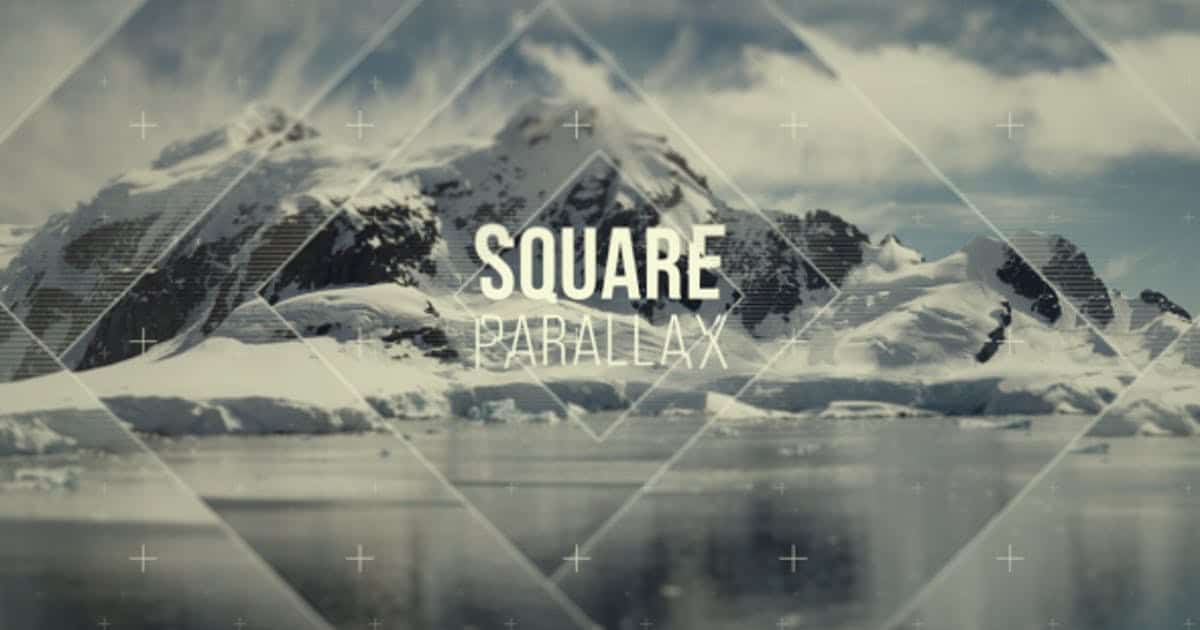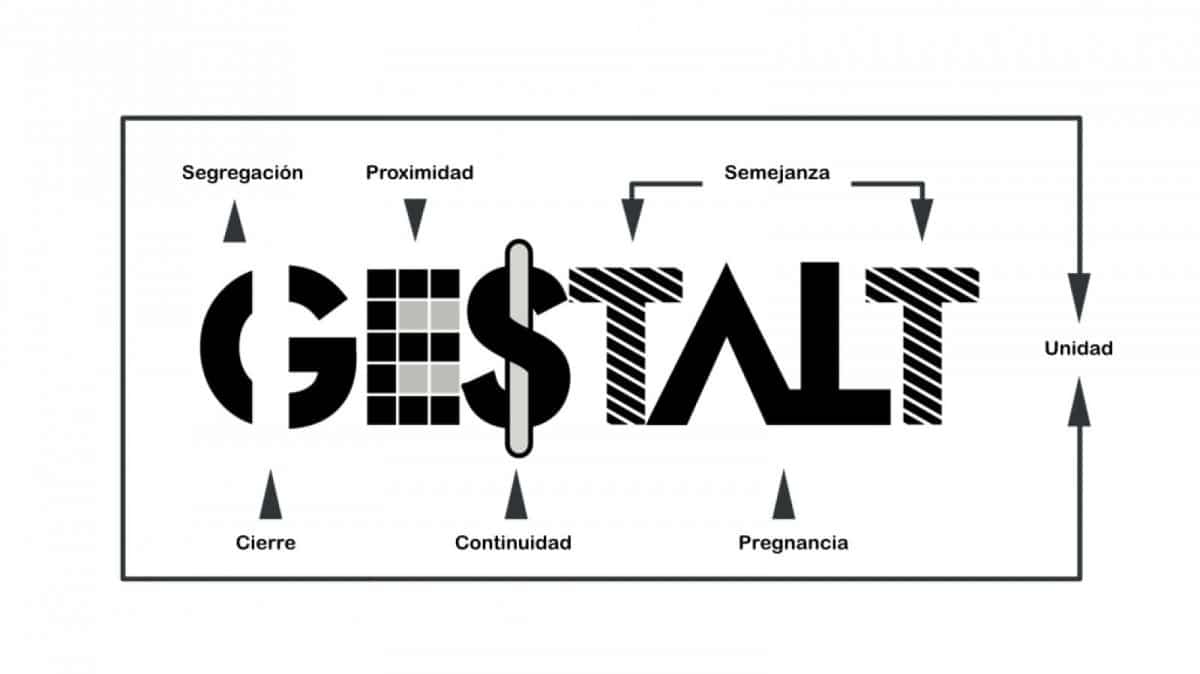
Source: Ions
There are effects within the design, which help us create visual animations. It could be part of what we know as image theory or image perception. In design, when we talk about this theory, it is because we need to understand and relate, through a synthesis, how a certain image behaves in a certain context.
That is why in this post, we have come to talk to you about the parallax effect. A surprising effect that is part of the design, and that many times we cannot conceive as human beings, but that nevertheless, sometimes, remains around us.
The Parallax effect

Source: Envato
As specified above, the Parallax effect or also known as the scrolling effect, is known as an effect that is very present in the field of human perception. Like any effect, it maintains what we understand as optical illusions, well, this effect creates a kind of optical illusion and consequently, it has been very present and has been part of the field of design.
But, what effect does everything that we are telling you really cause? Well, the truth is that it affects the way we see and position objects in our field of vision. For example, if we place an apple on a table and see it with the right or left eye covered, while keeping the other open and so on, our field of vision will subsequently change from the first time we saw it.
This way, the apple will look like it has moved for some reason. The solution to this conundrum is the spacing that exists in our eyes, which allows the object we are viewing to create a moving or jumping effect.
Features
The parallax effect is also part of what we know as spatial perception. Space is the medium in which objects are found, also properly said as the environment. If we perform the simple exercise of moving a finger or head, we can see how many objects around us move at the same time as our movement.
This effect also It is very embedded in three-dimensional space, for example, some textures or shadows come into play here. In image theory, when we talk about the psychology of the image, we also talk about how our eye is capable of relating concepts by itself and how it can see an object that has only been visualized once in up to three different ways.
In short, this effect has been highly conditioned in the world of design. But would you really know how to tell us what uses it has been conditioned on? Well, if up to now it has seemed like an enigma to you, get ready because then we are going to explain what uses have been based on to apply this effect and why they have done it . The answer may seem simple, but to understand it we must open our mental field and use a peripheral and scientific vision of this effect that seems so strange.
Main uses of the Parallax effect
Video Games

Source: Apperlas
Many designers have used this effect or similar ones because of what it produces and general in those who see it. For example, it is the case of video games. And it is not to be expected, since they have always tried to capture attention in such a way that our eye is able to follow the movement of a certain scene or situation in a matter of seconds.
In video games, this effect has been very conditioned in the movement of objects, also known as side scrolling. To date, it is unknown that some of these video games still maintain these effects, but if we go back to the 90s, yes. Let us remember that, at the beginning of the video game era, three-dimensionality or two-dimensionality began to be played with. Games like Mario Bros where the character used this type of movement, caused the viewer to separate the background of the character and the objects that conditioned them. In this way it seemed that the video game unfolded in three or four parts.
Being a much faster movement, the viewer's eye creates a sense of depth in which it seems that the game is going to absorb you at some point.
Graphic or web design
If we talk about design and move away from the world of video games, we also find it in web design. Web design, as its word indicates, is dedicated to the creation and customization of web pages. It is one of the branches of graphic design and to date, it has become one of the most demanded tasks. But well, what is the relationship between the parallax effect and web design? Well, well, many brands such as Adidas, began in mid-2002, to create web pages, with the use of these effects.
The main objective of this use was to capture the attention of the public, creating a two-dimensional space and taking advantage of the fact that the web page is an element where it can be navigated, they wanted to adapt it in a way that they could increase the three-dimensional aspect. It is what we currently know as the action of moving the cursor over the page and that an image or a certain element can follow us with its movement.
In short, this effect is also very useful if you are thinking of creating a design for a certain web page or spot.
In short, these effects have been very present in our daily lives and continue to be, since our environment will always be present. It should also be noted that, if we talk about marketing, many companies use these resources where it is possible to apply them in advertising campaigns. The parallax effect is nothing new, as it has been present in any field of design. Next, we will talk about other visual effects that have been applied in the design and that may be of interest to you to apply them in your projects. Keep in mind that we are talking about more psychological than technical aspects.
Other Effects

Source: Living Health
The laws of Gestalt
If we talk about effects on human perception, We also talk about the laws of Gestalt. These laws are a series of theories, created at the beginning of the XNUMXth century by the psychologist Max Wertheimer. The main objective of these laws was the study of how the individual is capable of converting forms and objects and joining or separating them through our visual field and later, what is generated in our mind through the visual field.
There are a total of more than 7 laws, each one of them maintains different perceptions, which generates new changes in us.
Similarity Principle
The principle of similarity is one of the laws that make up the Gestalt laws. What this law means to us is that, if a design or an image is made up of a series of elements that are the same, in terms of color or physical form, the individual who visualizes said scene, will create an orderly and coherent scene in his mind of each one of those objects or elements.
It is what we know as the anomaly effect, an effect that tries to break and show some of the elements as key elements.
Continuity principle
According to the psychology of the image, if we place several elements in a scene so that they follow a certain path, the human eye will tend to follow them with a gaze. This is what happens if we visualize a car race, where there are more than five elements placed one after the other.
When both cars move, our eye follows the same movement because it tends to pay attention to that particular element. Normally, in design, this law is used when an object is to be highlighted and the viewer's objective is to focus solely on it.
closing principle
The closure principle is another of the laws that are part of Gestalt theory. It tries to put in front of our eyes a figure that, due to its forms, does not close completely, so there are empty white spaces that our brain has as its main objective, to unify them and thus create a unique figure.
In design, we employ this law whenever we seek stability, in this way, Closed forms have always been considered to be much more stable than open forms, producing a sense of balance.
Conclusion
As we have been able to verify, design is not only about technical aspects: layers, images, vectors, Pantone inks, fonts, corporate identity, posters, design tools, etc. It is also a phase where psychology comes into play. In this way, a good designer must be able both to know how to execute each of the pieces that have been named above, and to know how to decipher them and always have a reason at the exact moment to do it.
If you liked this somewhat more scientific post, you can continue investigating more about the laws of Gestalt or the parallax effect.